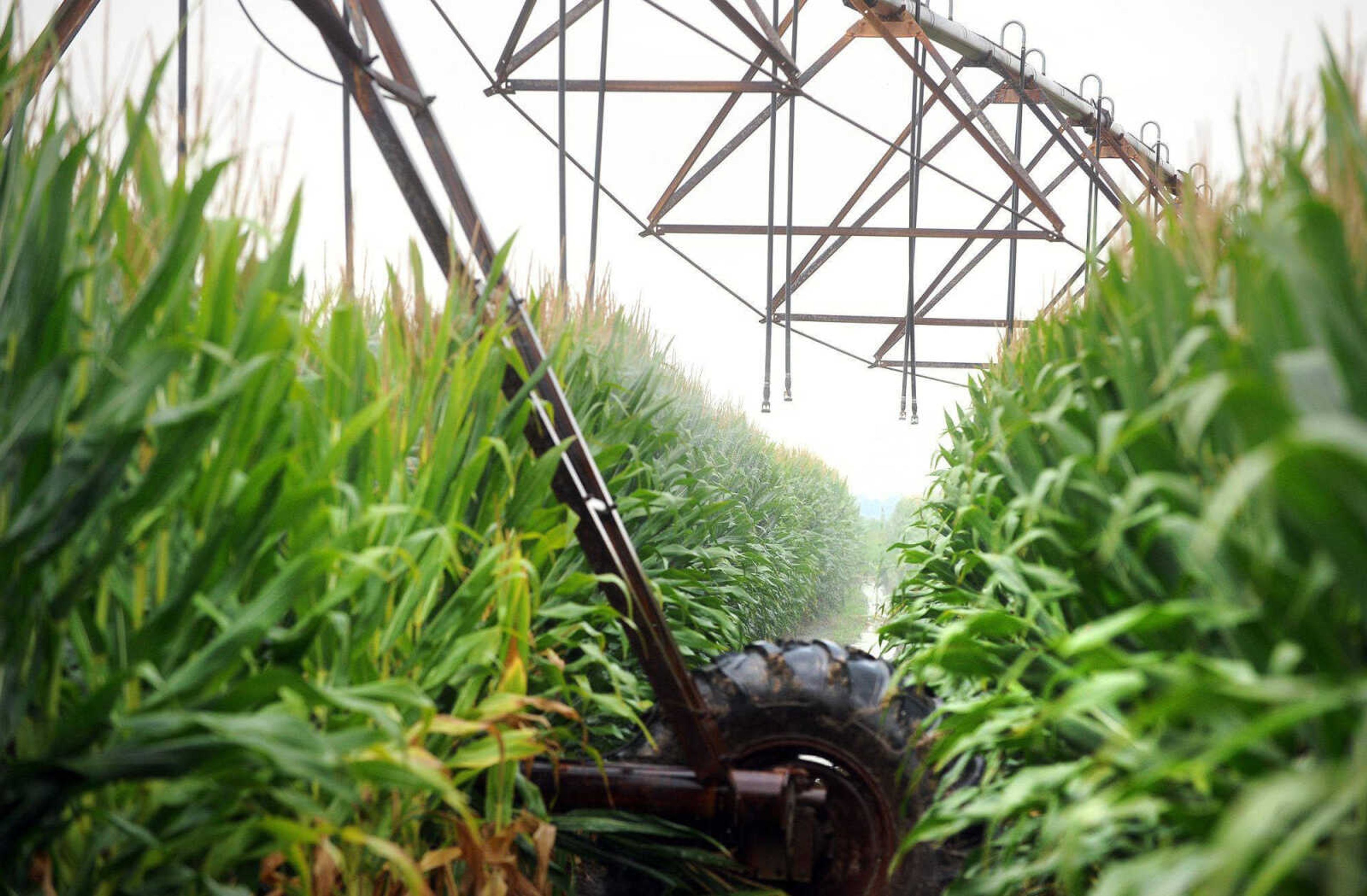Farmland prices expected to cool off in 2014, 2015
With a decrease in agriculture commodity prices, experts say farmland prices in Missouri and nationwide are expected to stabilize and decrease in the near future, although they have risen recently. "I do think we're starting to see crop land values soften up a bit," says John Anderson, deputy chief economist at the American Farm Bureau. "The heat has come off the market. Expectations are different from two or three years ago."...
With a decrease in agriculture commodity prices, experts say farmland prices in Missouri and nationwide are expected to stabilize and decrease in the near future, although they have risen recently.
"I do think we're starting to see crop land values soften up a bit," says John Anderson, deputy chief economist at the American Farm Bureau. "The heat has come off the market. Expectations are different from two or three years ago."
Commodity prices
Farmland prices appear to be correlated with crop commodity price trends, especially corn.
As of 11 a.m. Aug. 8, the Chicago Board of Trade listed a price of $3.67 a bushel for corn, $5.57 a bushel for wheat and $10.74 a bushel for soybeans. Prices for each of the crops have fallen 25 percent, 14 percent and 6 percent from the same time last year, respectively.
"We're looking at harvest prices that are going to be 60 percent of what they were a year ago" for corn, says Dave Danker, president of the agriculture division at Buchheit stores.
Ronald Plain, a professor of agriculture economics at the University of Missouri, says several factors offset lower commodity prices to explain recent rises in farmland prices.
First, prices do not go down easily, but instead usually go up and hold steady, Plain says.
In 2014, "we expect land prices to be higher than last year" by about 5 percent, Plain says. However, "I don't think we're going to see higher prices in 2015."
In addition, prices are based on how much money farmers have made in the past few years, which has been an "awfully good period of time," Plain says.
"Everybody's made a lot of money for a few years," says Wayne Keller, managing broker of Buy a Farm Land & Auction Company's branch in Sparta, Illinois. "Land will still bring good money."
A need for farm growth also drives demand for additional land, Plain says.
"Farms need to grow with time," he says. "There's always this sort of pressure on a farmer."
Soil and irrigation
Soil and irrigation are among the considerations buyers take into account when purchasing farm real estate.
"Soil is a natural resource that has many attributes," says Michael Aide, chair of the department of agriculture at Southeast Missouri State University. Missouri Bootheel land "tends to be wealthy in terms of intrinsic fertility," he adds.
Among the criteria farmers look a when examining a land's soil are its composition and pH values.
"There are lots of little practical considerations" that go into the decision to grow certain crops on certain plots of land, Aide says.
Crops such as cotton usually do better in coarse-texture soil, Aide says. Texture of a soil is determined by the percentage of sand, silt and clay it has, he adds.
The pH values of land also are an important factor.
"Most of the crops we grow [in the area] prefer a pH of 5.5 to 7.0," which are acidic to neutral pH levels, Aide says. Crops such as soybeans and alfalfa prefer acidic pH conditions, which can be implemented by applying lime to the land in question and waiting several years before growing crops on it, Aide says.
David Reinbott of the University of Missouri's Scott County Extension in Benton, Missouri, says irrigation capability is useful for increasing yields and stability from a given piece of land.
"It helps activate fertilizer and herbicides," he says. "I think it helps assure the farmer of a yield."
Land with irrigation capabilities can add more than $1,000 per acre in value and produce about 200 to 230 bushels of corn, all else being equal, Reinbott says.
"Irrigation can make a huge difference," Reinbott says. "If you can irrigate it, you're going to do it."
Although the fixed costs between regions wouldn't vary significantly, additional water availability in Southeast Missouri gives the region a cost advantage, Reinbott says.
"We have shallow wells where we can hit all the water we want," Reinbott says. "Bringing the water up [in Southeast Missouri] is more economical" than in other parts of Missouri, he adds.
Connect with the Southeast Missourian Newsroom:
For corrections to this story or other insights for the editor, click here. To submit a letter to the editor, click here. To learn about the Southeast Missourian’s AI Policy, click here.










